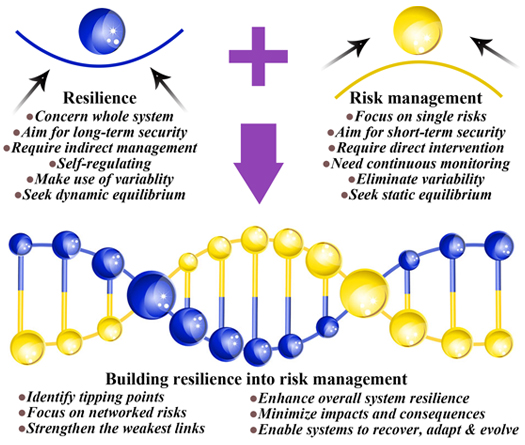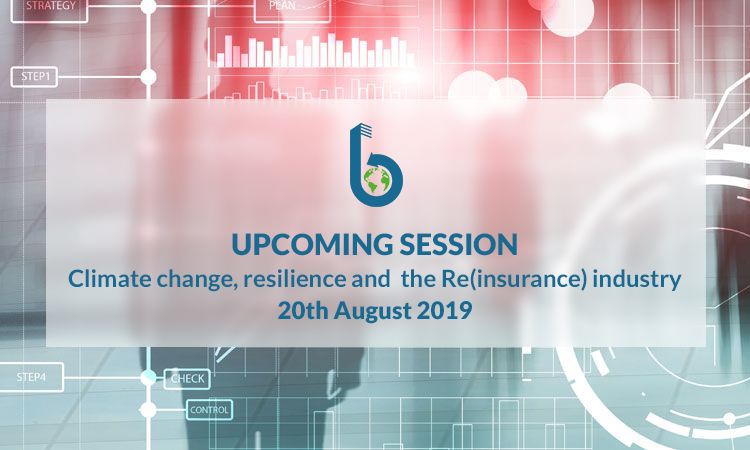BRIM is a network that brings together academics, engineers and policy makers
BRIM develops a shared, multi-disciplinary vision of how to build resilience into networked risk management for highly complex engineered systems.
This network is led by Professor Guangtao Fu at the University of Exeter, supported by Professor Roy Kalawsky at Loughborough University and Dr Monica Rivas Casado at Cranfield University.
The aim of the network is to nurture the development of novel methodologies and tools of building resilience into networked risk management of critical infrastructure systems for identifying tipping points of interdependencies and managing cascade effects of extreme events, in particular those related to extreme weather such as flooding.
BRIM is supported by a research grant from the UK Engineering and Physical Sciences Research Council as part of the Engineering Grand Challenge programme, and a number of industrial partners.
The network has five network themes, in three areas

AREA 1
Risk Analytic Paradigm
AREA 2
Global systems science, networked risks and tipping points
AREA 3
Interventions strategies
Through research stimulation in the above three areas, we expect to develop a double helix framework that integrates risk and resilience analysis in complex systems. This framework will be of sufficiently general to manage extreme events for complex systems, though the focus of this project is on critical infrastructure systems under extreme weather.
Origins of BRIM

The impacts of recent catastrophic disasters, including the 2013-14 UK winter flooding, Fukushima Daiichi nuclear power plant accident, Deepwater Horizon oil spill and Hurricane Sandy, reach well beyond the immediate, direct structural, environmental and health risks.
In a complex system, a localised initial failure may quickly spread to other systems and create "hyper-risks" or "networked risks" through "networks of networks", and cause unpredictable failures in other economic or social networks.
Classical quantitative and qualitative risk management frameworks are inadequate for emerging and unforeseen threats.
More specifically they cannot handle the uncertainties of low-probability and high consequence events and of their impacts on environmental, economical and social systems due to high interdependencies between complex systems.
This project will develop a shared, multi-disciplinary vision of how to build resilience into networked risk management for highly complex engineered systems.
It will address the challenges encompassed in understanding of complex interdependencies, cascade effects, tipping points of engineered systems.
It is expected that this project will engage the community to develop a double helix framework that integrates risk and resilience analysis for complex systems management.











